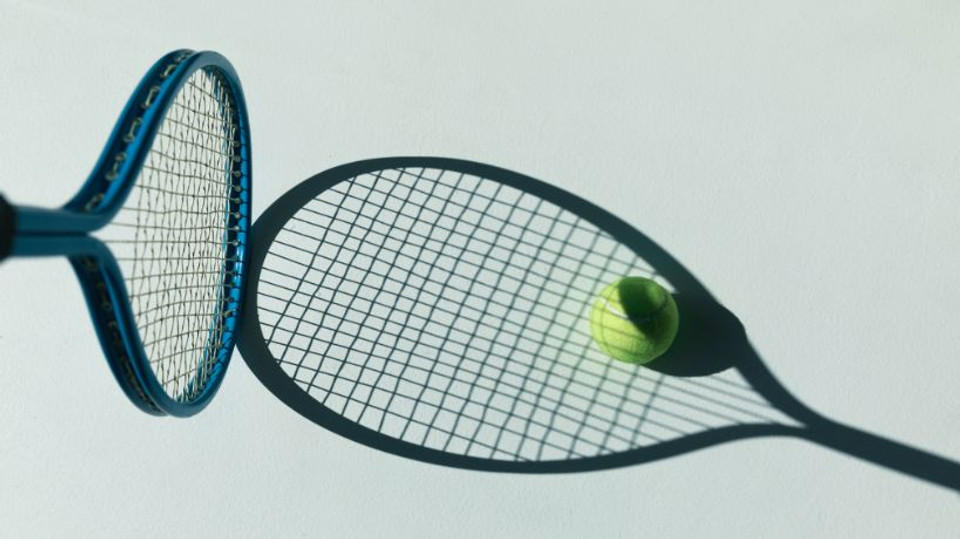
Tennis has been popular for centuries, and its equipment has changed drastically. The tennis racket is one of the most crucial pieces of equipment in the game, as players use it to hit the ball back and forth across the court. This article will take a look at the evolution of the tennis racket, from its initial development to modern updates.
Size & Shape
Early tennis rackets were much longer than today’s modern designs, often measuring up to 38 inches in length. This size made them difficult to maneuver and required players to rely heavily on their upper body strength to generate power. The shape of the racket was also quite different, with a more square-like head that gave way for less spin when hitting the ball.
Modern tennis racket construction has allowed for significant advancements in size and shape. Today’s rackets are typically between 27-29 inches long, allowing for greater control and faster swings while providing enough room for spin shots. The head of the racquet is round, allowing players to hit topspin or backspin shots easily.
Racket Material
The original material used to construct tennis rackets was wood, providing a lightweight yet strong surface. Wooden rackets were the standard for centuries until technological advancements created an opportunity for new racket designs.
Today’s most commonly used materials for tennis rackets are graphite and aluminum, both lightweight yet durable enough to withstand intense matches without compromising performance. These materials provide greater control and maximize player comfort, allowing modern racquets to outperform their predecessors in power and accuracy.
String Material
Gut strings have been used in tennis rackets since the 16th century and were originally made from animal intestines. The downside of gut strings is they tend to fray over time, reducing overall performance. However, they remain popular among traditionalists who prefer their classic feel and look.
Synthetic gut strings mimic the characteristics of traditional gut stringing material with some added benefits, such as increased durability. Multifilament strings provide an excellent balance between power and control by combining multiple strands into one string, making them extremely resilient against breakage. Polyester strings are considered the most durable, offering superior resistance against tension loss, but often lack comfort.
Now that you know how tennis rackets have evolved over the years, you can better understand this equipment. Check out All Star Tennis Supply for all your tennis court equipment needs.

